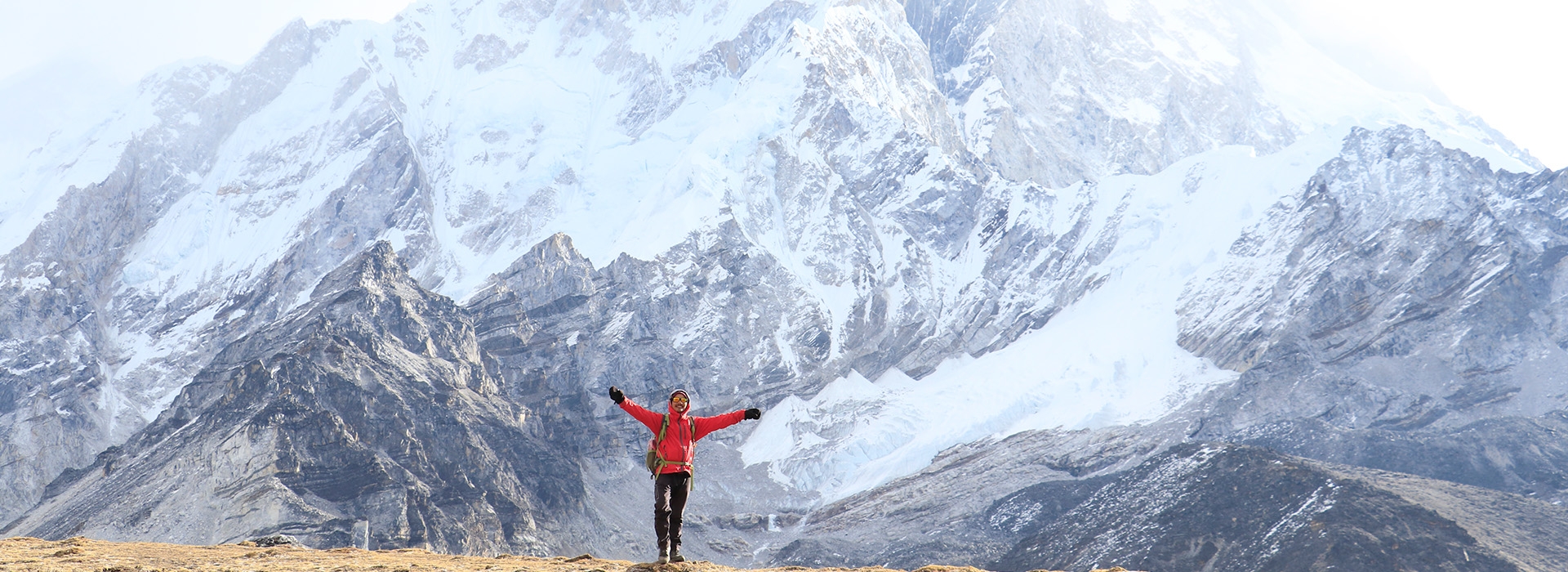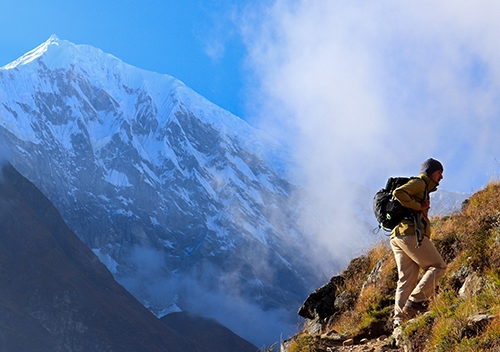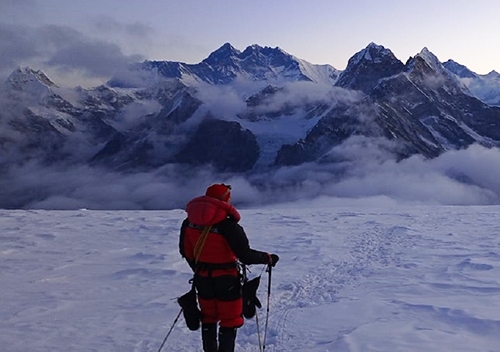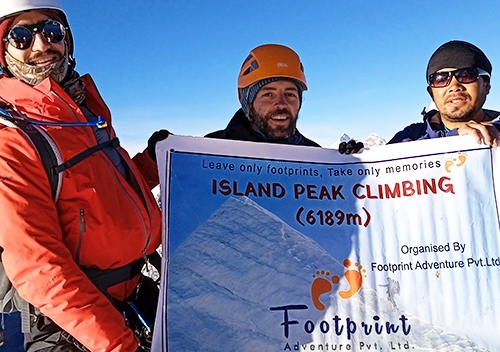Flights
Flight is extremely important for Lobuche Peak Climbing. While you are going to Lukla or coming to Kathmandu from Lukla, the international flight will not leave on time because of the weather, so after finishing the trekking, you will need to take a private helicopter from Kathmandu to Lukla or Lukla to Kathmandu to catch the international flight. So you'll need at least two extra days to climb Lobuche Peak.
Transportation
During this entire trip, you'll use different modes of transportation. From the beginning of the trip, when you land at Tribhuvan International Airport (TIA), private vehicles will come to pick you up, and the next day again, the necessary private vehicles will help you to go around the Kathmandu valley for sightseeing. Furthermore, for Lukla, you'll use the small twin-otter aircraft to land there for trekking.
High altitude sickness
Lobuche Peak Climbing would be a once-in-a-lifetime experience for you. If you are not fit, we will not recommend this expedition. While you are going toward the Lobuche Peak Climb, you have to eat a lot of food and drink. If you have other problems, you have to go to the hospital soon. In this case, you call the helicopter for rescue, and our staff will help with your treatment. If you have medical insurance, the rescue helicopter payment will be covered by the insurance company, so medical insurance is necessary to go on this expedition.
Expedition grade
Lobuche Peak Climbing is a pretty long trek that goes right into the high mountain country, so it is physically quite strenuous and involves approximately 5-8 hours of trekking along the way. There is no prerequisite; you should be accustomed to regular exercise and enjoy walking in high-altitude conditions.
Climbing equipment
It's not necessary to spend a lot of money on extra equipment and clothing before your trip. The majority of these gears can be bought at reasonable rates in Kathmandu. Normal climbing equipment such as ropes, harnesses, helmets, and ice axes will be provided. For details on trekking and climbing equipment, you can click here.
Climbing / Trekking days
The time schedule is very important for enjoying the trip with the guide, porters, and trekkers. Each morning, after packing our bags and eating a hot breakfast, we set off on the day’s walk. After walking for 3–4 hours, we stopped for lunch at around midday. the afternoon’s walk. The remainder of the afternoon can be spent exploring the village, doing a bit of washing, or simply relaxing with a good book. On some days, we will arrive at our destination by lunchtime, and the entire afternoon will be free.
Telephone, Internet, and electricity
When climbing Lobuche Peak, there are few places available, such as the telephone and the internet. You can get an Internet password from the hotel counter. Telephone and internet costs would be extra on your trip. Most of the lodges/ guest houses charge an additional fee for battery charging. There is no electricity in the base camp. There is electricity or solar power where you can recharge your camera batteries, laptop, mobile, etc., but you need to pay extra.
Weather
The best climbing seasons for Lobuche Peak are from September until November and from the beginning of March until May. The morning is clear, with clouds building up during the afternoon and disappearing at night. Trekking is also possible during the monsoon and winter if you know what to do and have the right information from local travel agencies.
Group Leaders and Crew
When there are six or more members in the group, we promise to provide a trained, experienced local trekking guide and sherpa staff with honesty, as well as porters to carry your luggage, with one porter for every two members. We will also provide an experienced, certified, and professional climber to assist you in reaching the summit of Mera Peak. When there are six or more members in the group, we promise to provide a trained, experienced local trekking guide and sherpa staff with honesty, as well as porters to carry your luggage, with one porter for every two members. We will also provide an experienced, certified, and professional climber to assist you in reaching the summit of Lobuche Peak.
Food and Drinking water
We will provide freshly cooked food from the local guest house or restaurant. You will have breakfast and dinner at the lodge, and lunch is available along the trail. You can find a wide variety of Nepali and Western food as well as drinks. Besides this, serve fresh seasonal fruits as a dessert. Almost every restaurant serves traditional local cuisine, Nepalese cuisine, as well as continental and western fare. The bottles of water are available along the trail until the last village. You can buy boiled water from the lodge or restaurant, or you can use iodine or water-purifying medicines.
Customized Itinerary
If there is no suitable date for trekking departure from Kathmandu based on your schedule, as long as the place you mention your suitable time and date, we will organize your fantastic trip to Lobuche Peak.




